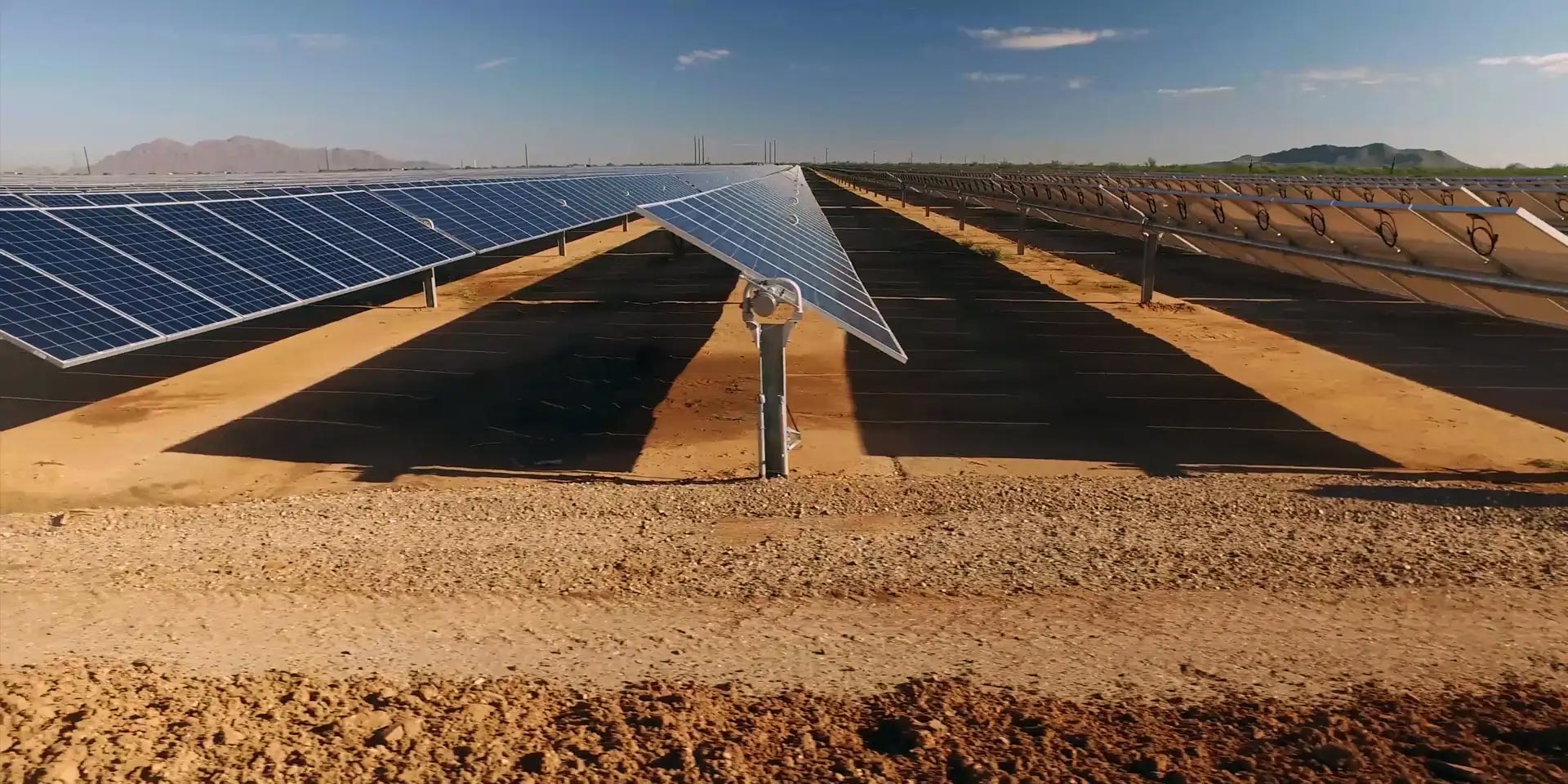AGL | CEF NEWSLETTER | China | CHINA MONTHLY ENERGY UPDATE | Coal/electricity/electrification | Critical minerals | CRITICAL MINERALS SERIES 2022-23 | Decarbonisation | Energy Crisis | Finance Sector & Emissions | Green Iron | Hydrogen | India & Adani | Nuclear | Podcasts | Solar | Submissions | Taxes & subsidies | US IRA/ NZIA et al |
OP ED | Queensland Budget 2024-25: A Win for Renewable Energy, Jobs, Investment, and a Win for Queenslanders.
The Miles Government has delivered its first budget, inclusive with the largest state investment package for renewable energy to-date in Australia. This provides the critical impetus required to crowd tens of billions of private capital into establishing the sunshine state as a renewable energy superpower, and accelerate the development of emerging low-emission industries to safeguard the state’s future economic and jobs growth, leveraging the global shift to a decarbonised economy. Read more
OP ED | China’s Massive Investment into Cleantech R&D and Manufacturing is Catalysing the Global Energy Transition
10 years ago, President Xi Jinping delivered a speech outlining that developing a New Energy Vehicle (NEV) industry was the only way for China to become a global automobile manufacturing powerhouse. This speech marked the pivotal moment of China’s trajectory in developing its new energy industry. Fast forward a decade, through strategic industry and energy policy, and a core focus on research and development (R&D), China has become the largest NEV manufacturer in the world, and in 2023, overtook Japan as the world’s largest auto exporter. Read more
PRESENTATION | POWER SHIFT: Staggering rise of renewables positions China to end new coal power before 2030
Tim Buckley and Xuyang Dong present to Bank of America Read more
MONTHLY CHINA ENERGY UPDATE | New Solar Deployment Accelerates amid CO2 Emissions Slowdown
During the first 4 months of CY2024, China added 79.7GW of zero-emissions new capacity, accounting for 90% of the net capacity additions. China added 76.9GW of wind and solar capacity from January to April, if this pace sustains or accelerates in the rest of the year, China will achieve its 1,200GW of installed wind and solar capacity by 2030 target this year, 6 years ahead of time. In March, China saw its CO2 emissions fall for the first time in the past 14 months. China’s thermal power generation increased 5.9% y-o-y during the first 4 months of CY2024, despite the massive expansion in renewable energy deployment. Biden’s 100% tariff on Chinese EVs might not be as effective as Chinese EV makers remain price-competitive even after the add-on tariffs, but Chinese EV leaders will renew their focus on other key markets like Brazil and Indonesia. The US’s 50% tariff on solar products hurts American consumers and slows down its national renewable energy development. Read more
OP ED | FEDERAL BUDGET 2024-25: DOWNPAYMENT ON A FUTURE MADE IN AUSTRALIA
The Federal Government has announced $21.0bn of new funding initiatives under the Future Made in Australia Act strategic framework in Treasurer Jim Chalmers’ 2024-2025 Federal Budget last night. Adding to the ~$45bn of capital support in the 2023 budget, this is another substantial downpayment on the $100bn of new capital and budget support needed this decade to drive investment in zero emissions industries of the future for Australia. Read more
MONTHLY CHINA ENERGY UPDATE | China to Meet its Climate Target 6 Years Early and Robust Market Outlook
During the first quarter of 2024 (1QCY2024), China added 69.4GW of new electricity capacity to the grid, with 91% of it being renewable energy. China is projected to exceed its 2030 target for installed solar and wind capacity six years early. The electricity generation mix shows a rising contribution from zero-emissions sources, with wind power surpassing hydropower for the first time. In the EV market, China remains the world’s largest, with nearly 1.9 million electric cars sold in 1QCY2024. Additionally, China’s solar manufacturing industry faces challenges due to overcapacity, although major players like Jinko Solar remain financially strong even as gross margins contract as solar module prices are now down 50% y-o-y. Read more
REPORT | POWER SHIFT: Staggering rise of renewables positions China to end new coal power before 2030
Based on extensive modelling of China’s electricity market, CEF’S new report forecasts that thanks to China’s staggering surge in renewable energy generation, coal power generation will peak well before 2030, then plateau and decline. On the basis of China’s electricity decarbonisation progress to date, the report finds that it is entirely feasible for China to dramatically slow the rate of its new coal power plant buildout and cease the construction of new plants before 2030. This has profound significance for global decarbonisation. China is currently responsible for 96% of the world’s new coal power under construction. Read more

